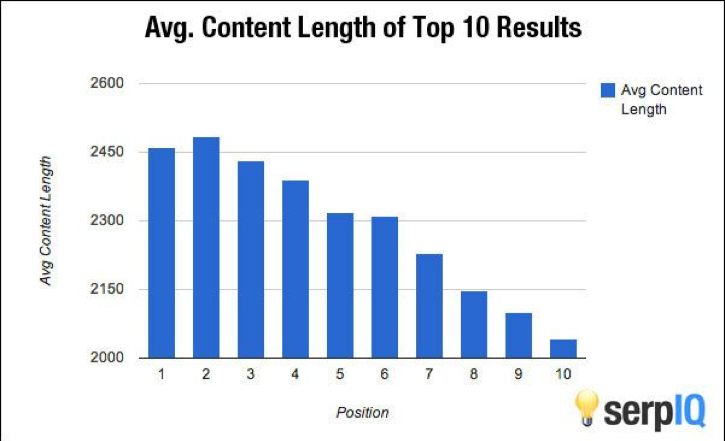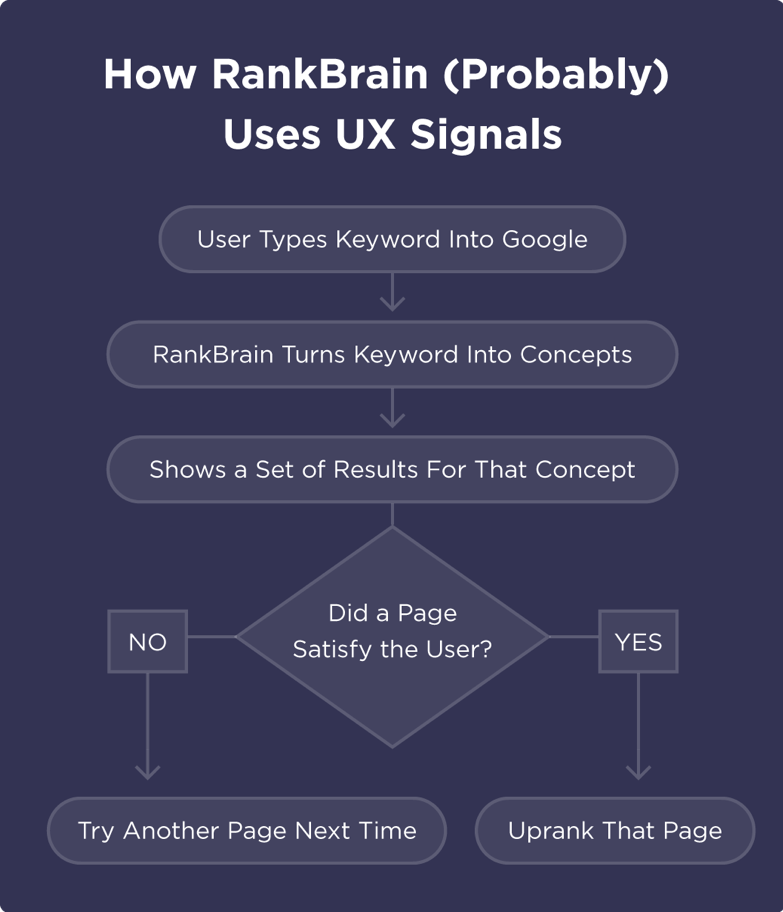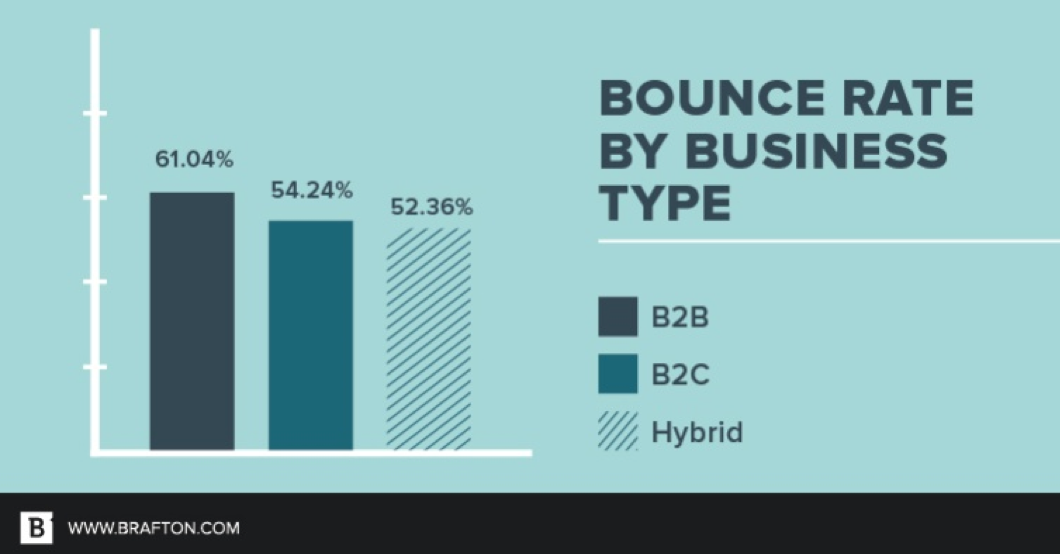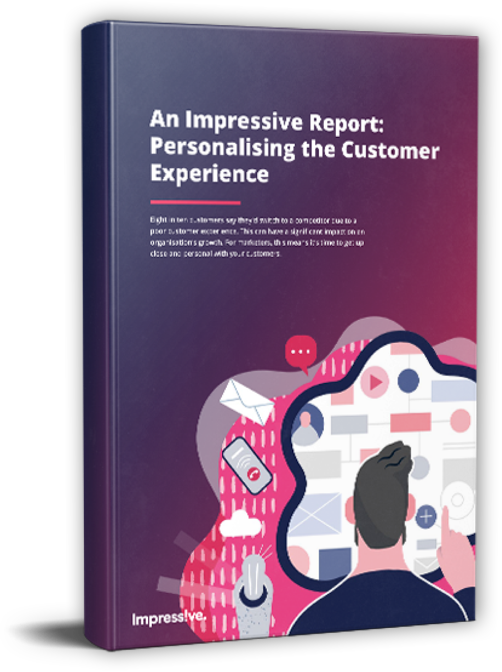If you’re a creative writer, SEO can feel like a bit of a cruel joke.
Like a Chopper Reid figure standing over you, it gently suggests that if you don’t put this word here and structure this paragraph this way, then who knows what will happen to your rankings?
It can sometimes feel like you have to give up a bit of what makes your writing unique in order to be seen, but the good news is that Google’s on your side.
As recently as a couple of years ago, yes, an SEO expert might have told you that there are a few right ways and a lot of wrong ways to structure and write a page of content, but’s that changed. Recent advances in the way that Google reads and ranks pages mean that it’s only gotten easier to be seen just putting out good quality content.
Whether you’re a business-owner looking to provide valuable content for potential customers or a personal writer wanting to break into the industry, we’ve got some good news for you:
There’s never been a better time to use content as the central pillar of your SEO campaign.
So even if you’re pretty clueless about backlinks, site architecture, and all the other nuts and bolts that go into a more complex campaign, don’t fret. If you’re writing the right content and marketing it in the right way, it’s very likely a lot of these things are already happening naturally!
Read on and discover three ranking factors that you’re directly engaging with every time you publish a quality piece of content and how they’re helping you write your way to SEO success.
The power of a good yarn—how long content can help you
Your audience aren’t the only ones who enjoy a good read—Google does too.
The correlation between content length and search rankings has been known for as long as SEO has existed—the fact that the top 10 results in search queries average above 2,000 words per page is a truism—but what’s less understood is how the two actually interact.
While it’s true that raw content length is a minor ranking factor in and of itself, that’s not the whole story. This doesn’t stop many people from skimming an article on the benefits of longer content and determining that longer posts are a sure-fire way to build organic traffic, but it’s important to note that the relationship is a bit more complicated than that.

Dozens of studies exist that highlight the link between content length and overall ranking, but that doesn’t mean that simply spending hours or days of work putting thousands of words on a page is a sure-fire way to rank.
So, what good is it?
Digging deeper into the results in the articles above will reveal that the relationship between content length and ranking isn’t as simple as putting an equals sign between them.
In a nutshell, what longer content does is make it much easier to check a whole lot of other best practice boxes that Google looks for when it’s figuring out how you’ll rank. But what’s driving these rankings is not the word count itself but the psychological effect it has on readers.
Obviously, a lot of this hinges on the power of a good story. People love a good story, and even more than that they love sharing them, but there’s a reason why you don’t often see children’s stories on the bestseller list.
Sadly, not many of us can claim to be Hemingway and knock out something as concise as it is life-changing. Many of the best stories are complex and have something new to say. That means to pull people in and get them involved in our story—and our website—we need to spend more time and spill a bit more ink.
It’s all about creating something people will care about
In short: go long!
This means that the right piece of well-written longform content can become a link magnet. These pieces can create referring domain links, backlinks, social media engagement and more, generating leads while ticking all the key ranking factor boxes that Google loves to see.
Rather than simply being a process of piling up the words and waiting for the rankings to come in, you need to look at the relationship between content length and ranking performance as a three-step process:
1. Writing longer content encourages readers to…
2. …share the content on social media and link to it from their own websites…
3. …which results in the page ranking better!
So, don’t feel afraid to really dive into a topic that you’re passionate about. That hard work will be rewarded with clicks, shares, links and engagement that will see that page rocket up the rankings.
Getting them settled—how time on page affects your SEO
There’s a reason why nearly every book on the bestsellers list is described with words like ‘engaging’ and ‘riveting’—good writing can take over your time like little else.

And in the world of SEO and content marketing, those are two words with real dollar-values attached to them.
Being able to keep people on your site and keep them engaging with your content is a major ranking factor for Google. What this means is that those with the ability to create real page-turners can expect to be handsomely rewarded when it comes to their overall ranking.
But as with all ranking factors, we need to dive into the specifics to find out what specifically you should be doing with your site.
What is happening here is part of Google’s overall drive towards delivering results that satisfy user’s queries, in the process eliminating many of the shortcuts to page one that were previously part of the SEO toolkit.
But to do this, it has to understand what people actually want.
Meet RankBrain
An artificial intelligence system rolled out by Google in 2015, RankBrain is part of the search giant’s efforts to keep up with the changing ways that people are using the web. One of the top three most important ranking factors, RankBrain’s role is helping Google better understand what searchers’ intentions are based on their queries.
Critically for us, it also serves a secondary function of measuring user satisfaction. RankBrain supports the core algorithm by tracking a whole range of metrics to determine which results are helping people find answers and which aren’t.

It’s these metrics that content writers should pay attention to, and dwell time is one of them. By analysing these metrics, RankBrain is able to make assumptions about how valuable a user found the website’s content.
For example, a web page that a user bounces from after two seconds is considered to be less relevant for the query that returned that result than a web page that a user spends 15 minutes on. Keeping people enthralled and away from the SERP can have a massive impact on your rankings.
What this means is that if you can write, you can probably rank
Here’s where the value of longform content comes in. If you’re able to put out high-quality, well-targeted and lengthy pieces of content that hit the mark and deliver real answers to readers, you’re likely to see that page rank well against relevant keywords.
Some writers may read this and be tempted to create rambling, low-quality pieces simply to keep people on the page for as long as possible. To them, we remind you that your users aren’t just smarter than you think, they’re more brutal than you can imagine. We live in a world where the global average bounce rate is nearly 60%—customers know what they want and they certainly know when they’re not getting it.

There’s no way to trap your audience and artificially increase your dwell time because as they say, there’s no substitute for quality. Write well, go long and keep your audience engaged and they—and Google—will reward you.
Reach out and touch someone—the writer’s guide to internal linking and outbound links
Your content doesn’t exist in a vacuum. The best content in the world can fall flat as part of a marketing strategy if a) no one can find it or b) it’s not integrated into the rest of your campaign.
This doesn’t have to be a difficult process, but it is an essential one. Proper contextualisation of your content—both on your own site and within your wider influencer network—is a powerful tool that can help wring every little bit of value from a given piece.
The two components to this step—internal linking and outbound linking—are powerful by themselves but work absolute wonders when used together.

Internal linking
The value of internal links should be obvious to anyone who’s read even the most basic SEO primer. Internal linking establishes site structure and—crucially—spreads link equity. This helps to ensure that every page on the website can be crawled by Google and that the value and authority of high-profile, high-performing pages like the homepage and the about page are shared with less prominent pages deeper within the architecture.
This ties back into our old friends dwell time and time on site. Creating lots of interlocking pieces of high-quality content allows you to very effortlessly move a reader around your site, helping to make your site more valuable to RankBrain when it’s trying to determine which of two domains delivers more user satisfaction.
Smart, organic and natural internal linking can turn a single interested click into a major chance at customer education. You’ll be helping to answer users’ questions more thoroughly all the while giving them a crash course in your company’s product/service range and points of difference.
Outbound links
It’s unfortunate that outbound links are not usually thought of as a core SEO tactic, because they can offer significant value to any campaign. They give you the chance to provide value for your customers, all the while building relationships with other influencers and establishing yourselves as an authority in your own right.
A number of SEO experts have argued for outbound links as an SEO tactic, but reasons differ:
Harsh Agrawal of blogging network ShoutMeLoud argues that a careful policy of outbound linking can help increase your website’s authority and give search engines a clearer idea about your content. Agrawal cites the fact that a deliberate strategy of linking to high authority sites can over time shift the sites returned by a “related:(your domain name).com” search as proof that outbound links do exert some power over your search engine position.

Meanwhile, marketing guru Neil Patel takes a more abstract position. Patel agrees that outbound links can affect blog authority. He cites a study that determined that amongst major newspaper websites—a competitive market full of high-authority, content-rich domains—one of the few points of difference that led to some ranking better was a greater number of outbound links.
Where he differs is in arguing that outbound links can deliver even more value as an opportunity for networking. Citing the principle of reciprocity, he suggests that business-owners and webmasters engage in outbound linking to high authority domains because it makes those domains more likely to return the favour, delivering a net benefit to you.
What this means for writers is that taking that extra time to polish your work can deliver real benefits. Citing your sources and linking out can not only make your articles stronger through greater evidence, they can help build your website’s authority while setting yourself up for future success.
Conclusion
Google is thoroughly of the opinion that people like you—writers producing natural, organic and valuable content that answers people’s questions—should be rewarded for your hard work with visibility.
So, if you’re a writer who’s making a name for themselves doing good, longform work, the best advice we can give is keep doing you.






